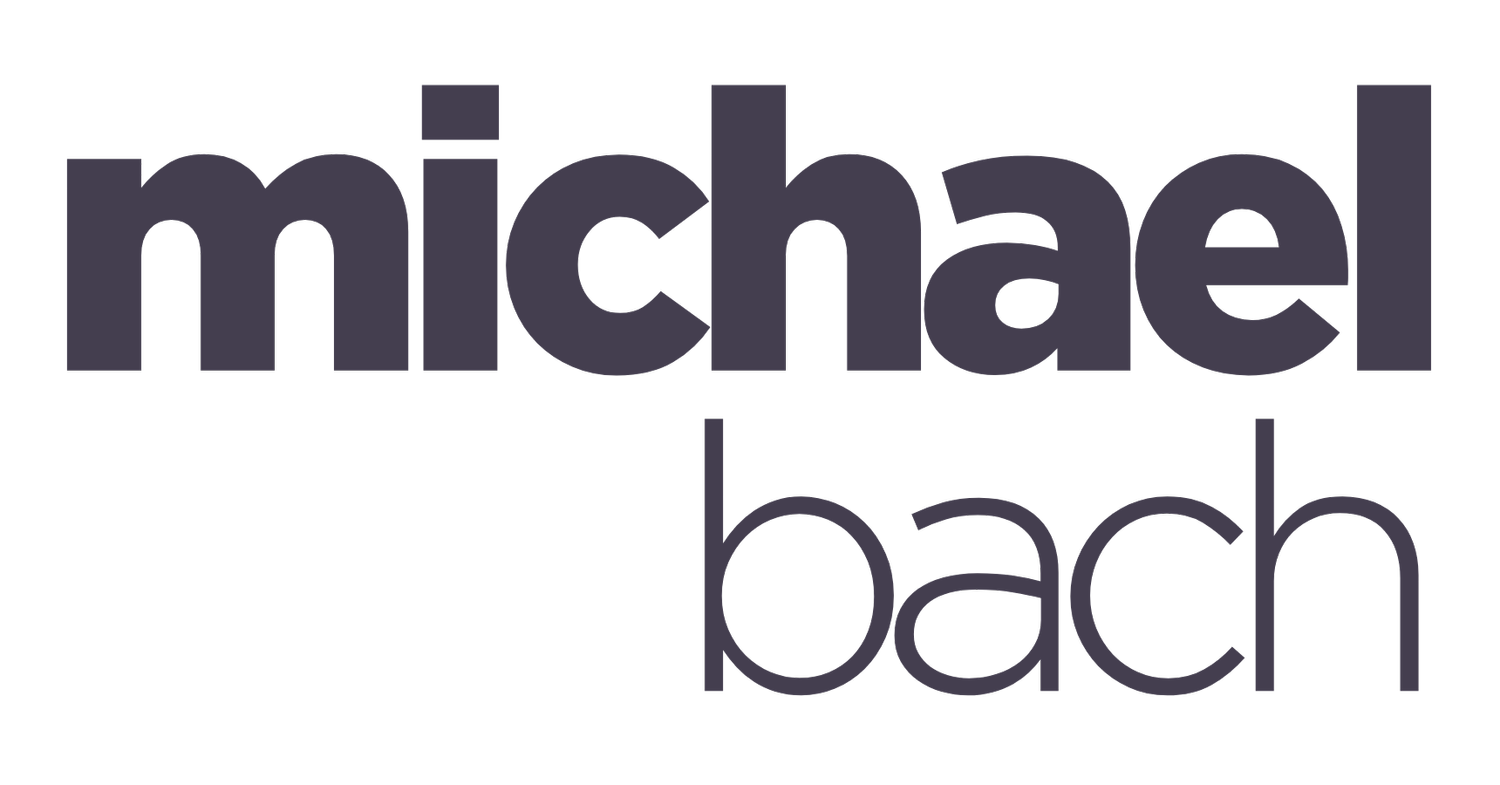🔍 The Bias You Don’t See Is the One Doing the Most Damage
We all like to think we’re fair. Objective. Rational. And yet… we’re not.
Enter: unconscious bias. It’s the sneaky little stowaway hitching a ride on every decision we make—from who we hire, to who we promote, to who gets invited to the meeting after the meeting. Heck, it impacts your lunch order. It’s not a character flaw; it’s a human condition. But that doesn’t make it any less dangerous.
What Is Unconscious Bias, Really?
Unconscious bias is the judgment we make without realizing we’re making it. It’s automatic, fast, and often based on stereotypes or social conditioning we’ve picked up along the way. And before you say, “Oh, but I don’t see race/gender/age,” let’s be clear: yes, you do. We all do.
That’s because bias is baked into the brain. The amygdala (our trusty fear-and-survival machine) loves shortcuts. It helps us make sense of a complex world by categorizing people, experiences, and situations… often incorrectly. And while that may help you swerve around a rogue pigeon on a bike path, it’s not exactly helpful when you’re making decisions about people’s livelihoods.
Why Bias Matters in the Workplace
Let’s talk brass tacks. Bias isn’t just unfair—it’s expensive.
Biased decision-making undermines talent strategies, stifles innovation, and weakens team performance. It shows up in:
Hiring: A résumé with a “foreign-sounding” name gets 50% fewer callbacks.
Performance reviews: Women are more likely to be described as “abrasive,” while men get “confident.”
Promotions: Racialized employees often face invisible barriers to advancement, no matter how qualified they are.
Bias is the quiet saboteur of inclusion. And when left unchecked, it creates a toxic culture where people don’t feel safe, seen, or supported.
You Can’t Fix What You Don’t See
Here’s the kicker: we can’t think our way out of bias. Awareness is the first step—but not the only one. You need action. Systems. Checks and balances. A mirror held up to your assumptions and decisions, regularly and intentionally.
This means:
Collecting and analyzing data to uncover patterns (Who’s getting hired? Who’s leaving? Who’s getting promoted?)
Diversifying decision-making groups so it’s not just the usual suspects calling the shots
Standardizing processes to reduce subjectivity (Think: structured interviews, rubrics, anonymous screening)
Training that goes beyond the checkbox and into the “ouch, I need to sit with this” zone
Spoiler Alert: We All Have Bias
Let’s de-stigmatize that fact. You can’t be human without bias. But you can be a human who’s willing to acknowledge, confront, and correct those biases.
You can be someone who doesn’t get defensive when challenged. Someone who pauses before making a snap decision. Someone who chooses growth over comfort. Bias doesn’t make you bad. Ignoring it does.
If You’re in a Leadership Role, Your Bias Has More Weight
Leadership amplifies everything—including your blind spots.
The higher up you go, the more impact your unchecked biases have. That’s why self-awareness isn’t just a nice-to-have for leaders—it’s non-negotiable. It affects hiring, culture, engagement, and bottom-line performance.
Great leaders are humble enough to know they don’t know everything. And bold enough to do something about it.
This Work Is Ongoing
You don’t “beat” bias. There’s no finish line, no certificate of bias-free brilliance. This is a forever project. And that’s okay.
The goal isn’t perfection—it’s progress.
It’s building a culture where people feel safe enough to name their experiences, challenge inequities, and hold each other accountable. It’s being the kind of organization where people don’t have to mask or minimize who they are to succeed.
The Bottom Line
Bias is silent, but its consequences are loud. If you care about inclusion—and you should—you need to care about bias. Spot it. Call it out. Build systems to reduce it. And keep doing the work, even when it’s uncomfortable. Because the only thing worse than having a blind spot… is pretending it isn’t there.
Learn more about Michael’s speaking topic, Watch Your Blind Spot: An Introduction to Unconscious Bias.

